We use cookies and other technologies to personalize your experience and collect analytics.
New Accursed Art Club
Nigel Cooke
Nigel Cooke
New Accursed Art Club
24 April – 25 May 2008
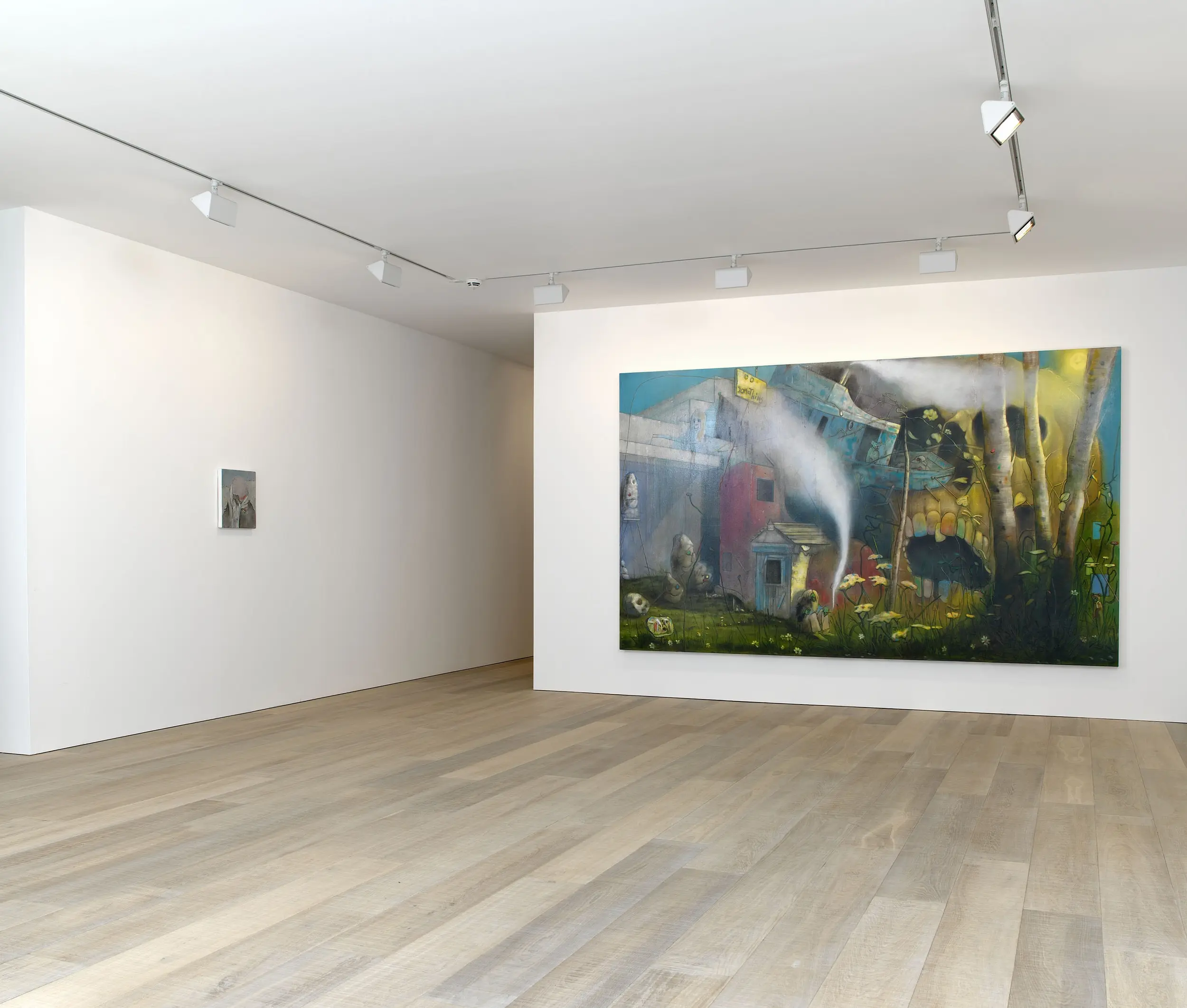
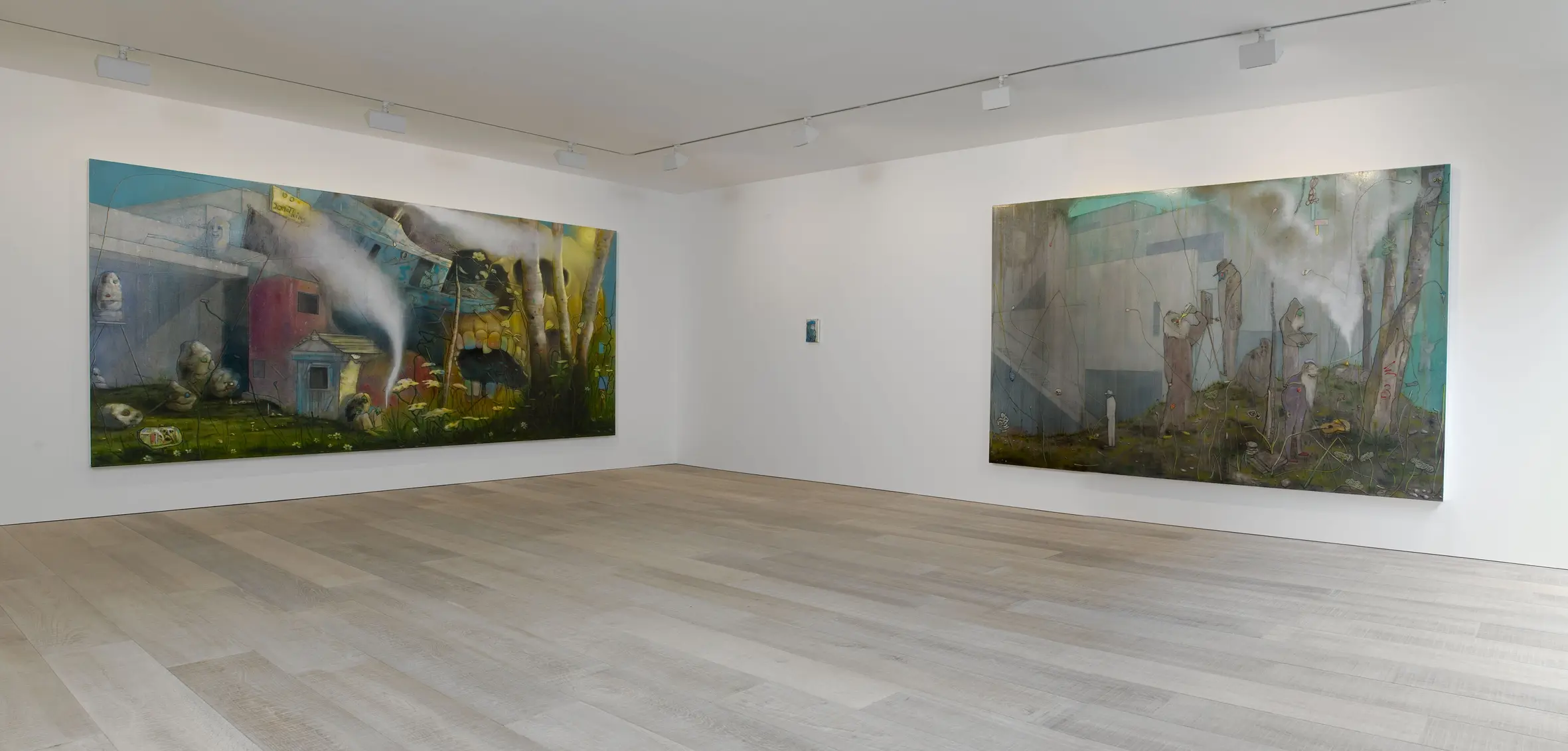
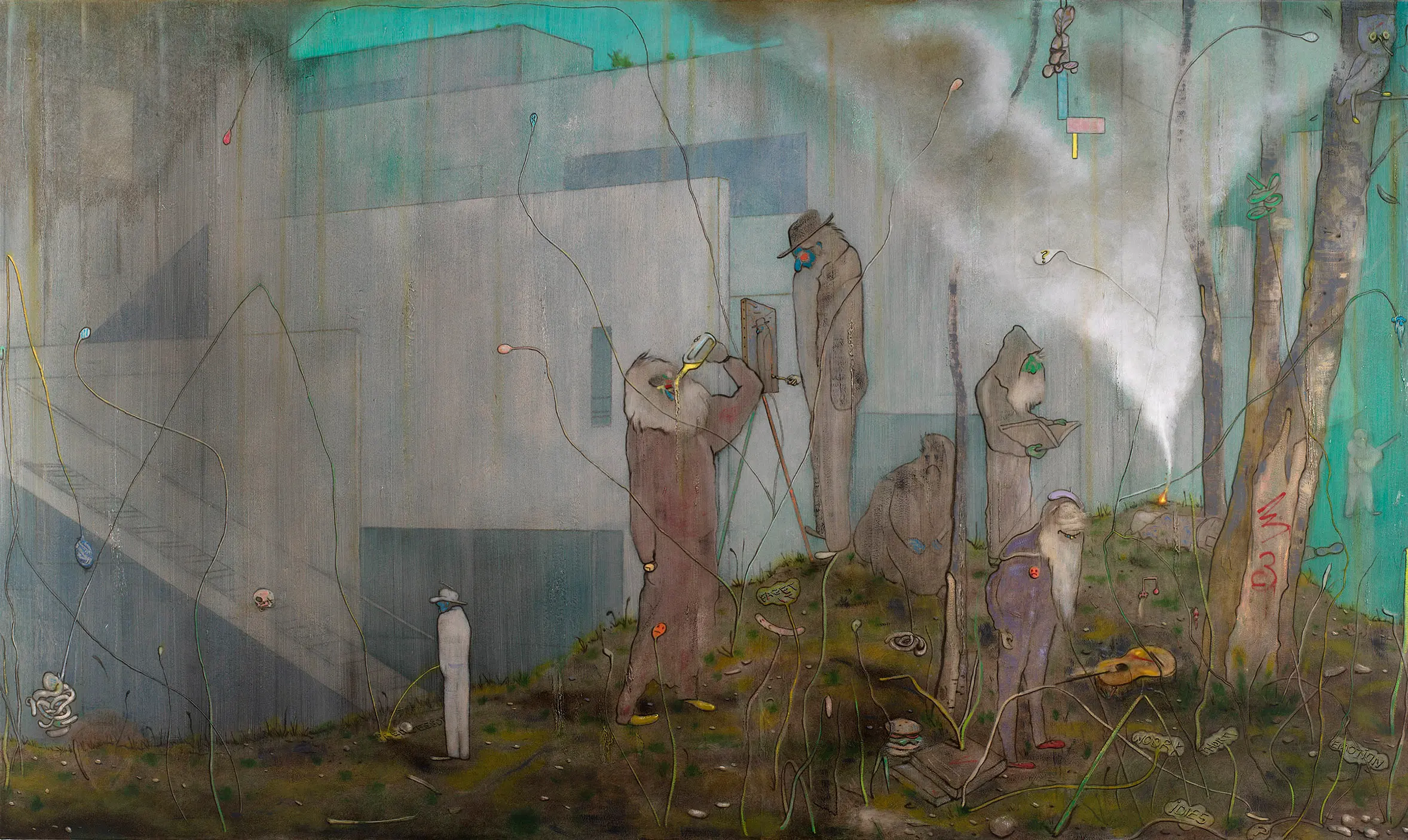
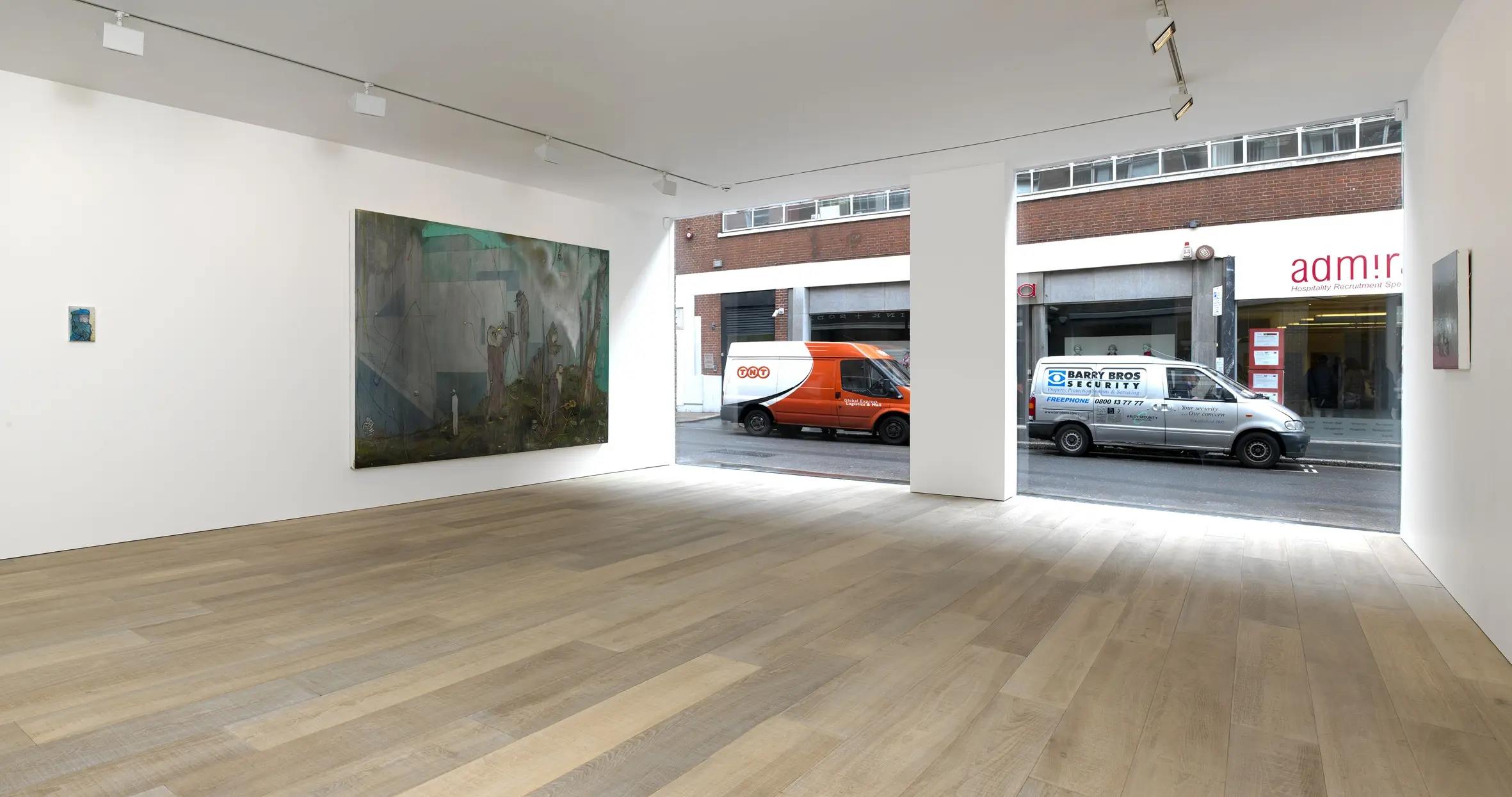
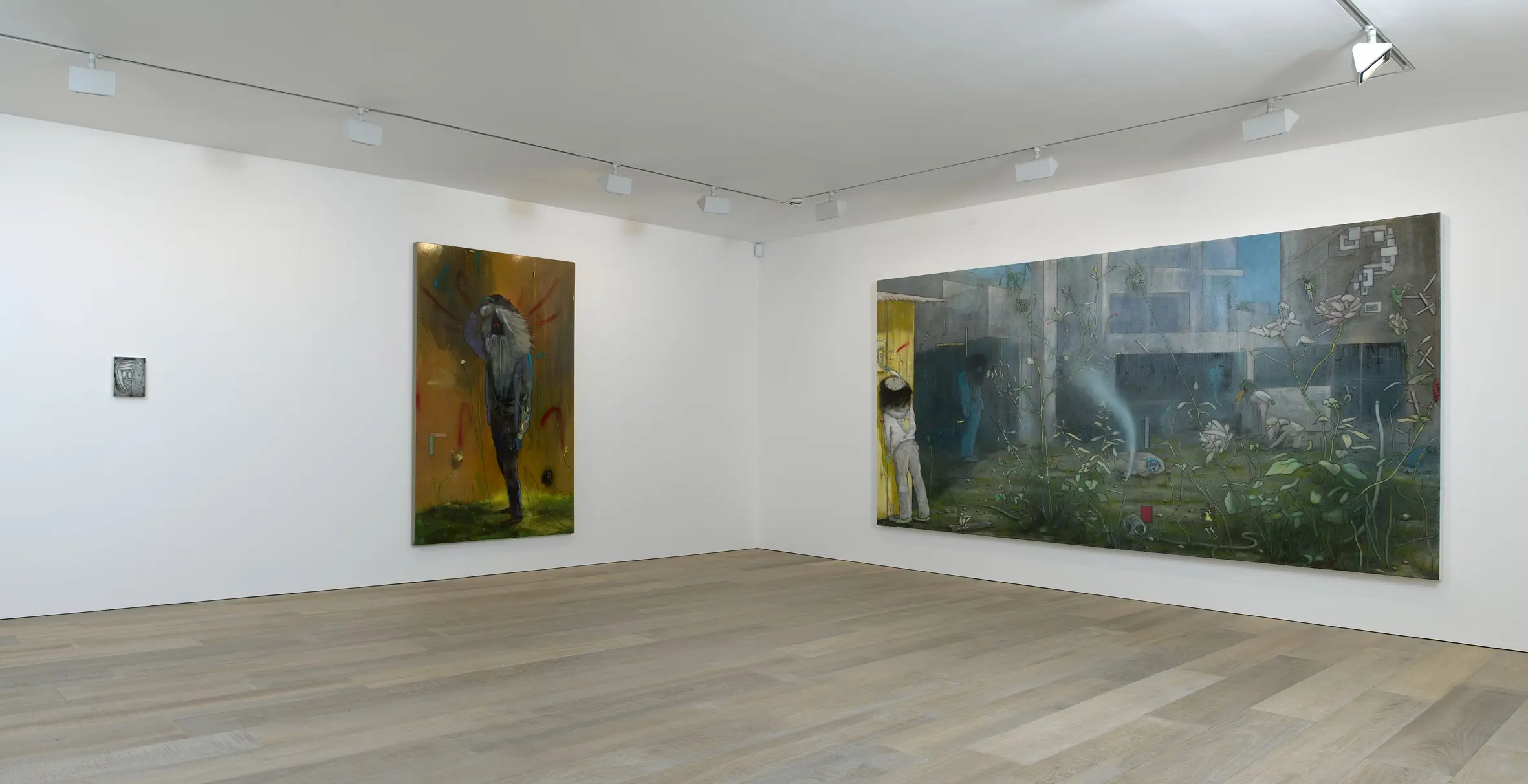
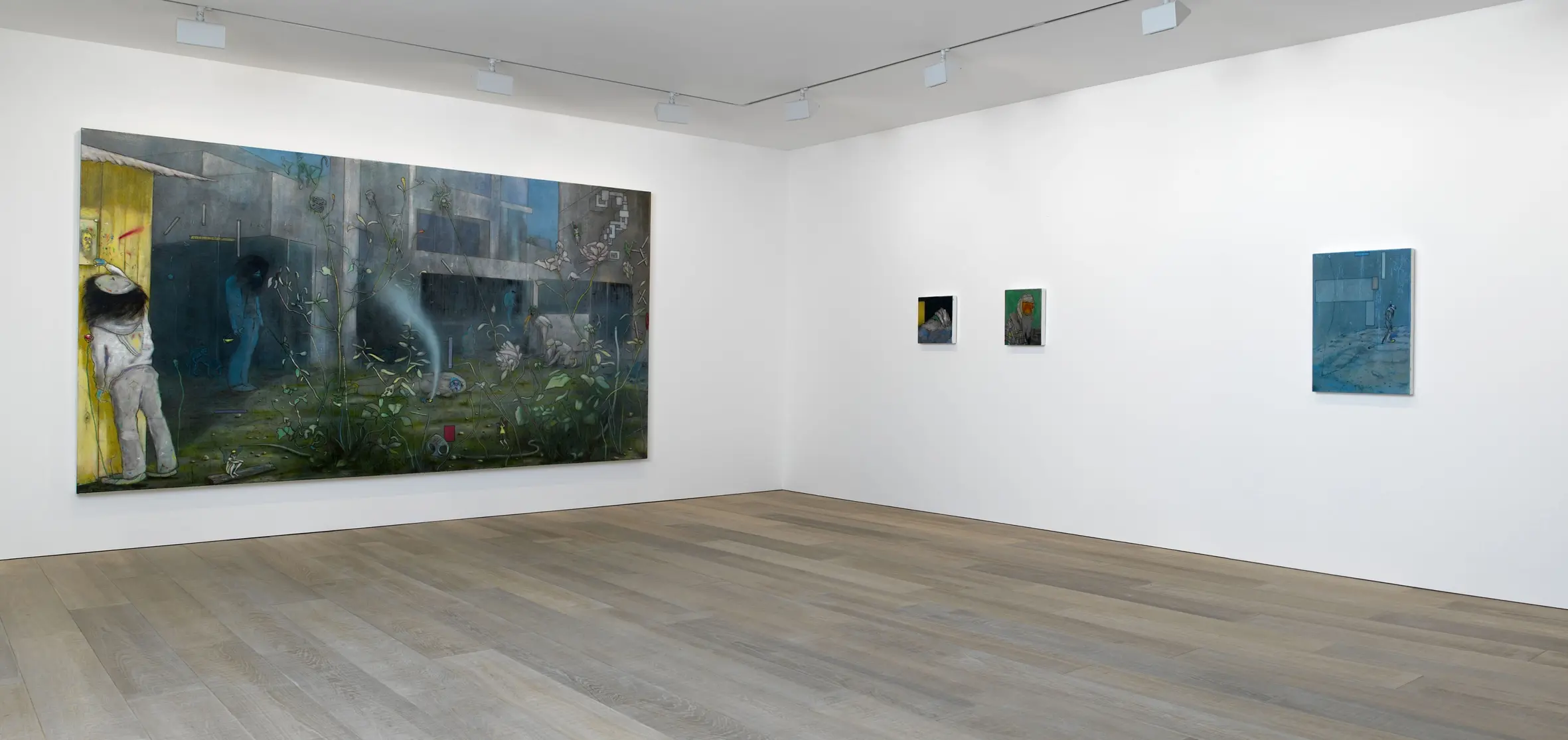

Press release
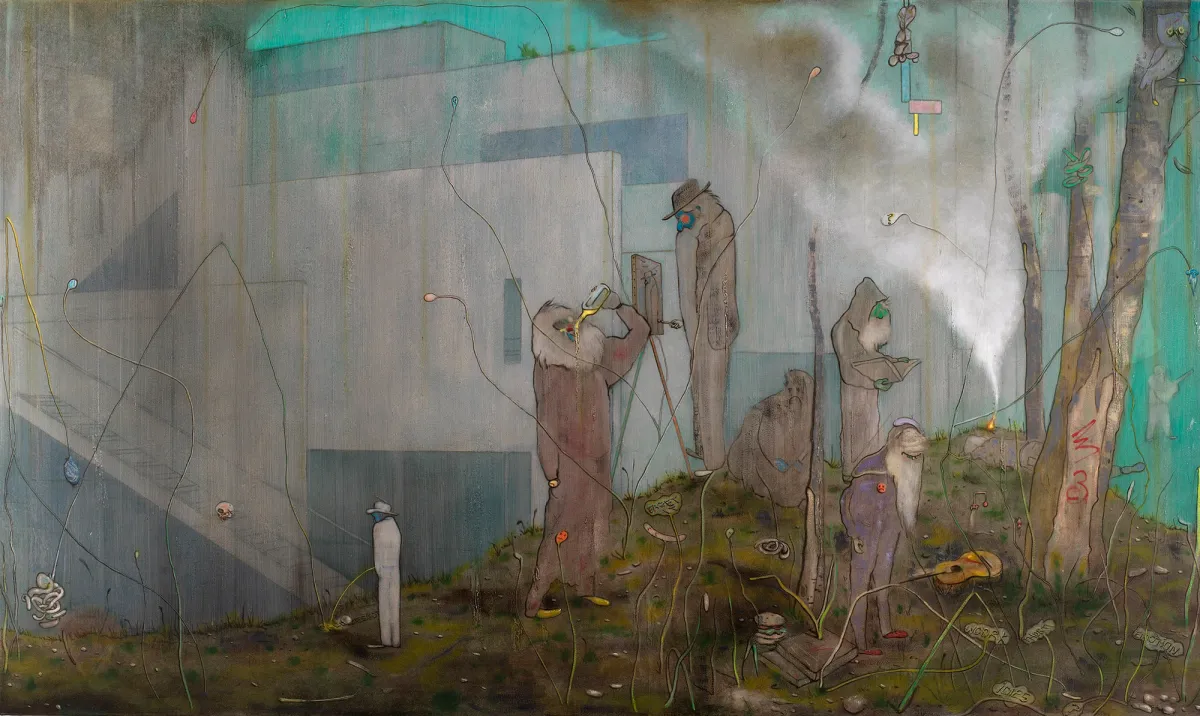
Painting puts you at odds with your own brain. The men in these paintings are this process made flesh - bearded, clownish and desolate. They paint themselves, and are painted. They are the beret-wearing answer to the question ‘who is painting?’
These grandiose bums are subject in all senses: theme, protagonist and action. But they’re not in control. The crossover of these senses in the figure of the Great Man results in selfdestruction (as usual); it’s a handing-over of the power of representation to the representation itself. The painter Nigel Cooke paints a painter who is the embodied experience of ‘doing’ the painting. He is the wandering Van Gogh tramp, raving and adrift from a zombie army of tattered and bloodied Van Goghs. The leering bandaged head of the stricken ‘creative type’, the luminous almond eyes of the extra terrestrial Van Gogh, who inspires a gang of young Van Goghs behind a burger joint, in a theme park, in a museum. A character like that is supposed to parody the need for certainty, in artistic authorship or the business of getting to grips with anything in life.
Maybe the main attraction of painting is the uncertainty: the unknown and unseen that gradually crystallises into a highly subjective definition of rightness at the end of the line that has little or no rational basis, other than the evidence presented by the process the artist has been through with it. An incident in the painting’s lifespan may be an image or not. An incident or moment in the making of a painting may not make a contribution to the way the painting looks in the end, but it always contributes to how the terms of ‘rightness’ are formulated for that painting. In this way the painting always seems to paint itself. The recycled Frankenstein painter is the painting’s forgotten ‘self’ in the form of a picture, the bewildered Great Master who finally ‘did’ a painting.